STEM Scene: Sept. 17
September 17, 2022
Apple reveals new iPhone 14 at annual event
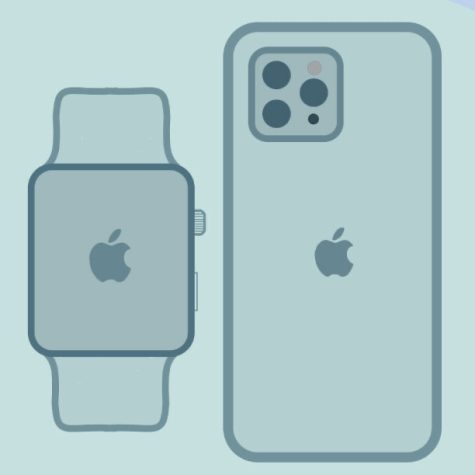
Apple launched their brand-new products at their headquarters in Cupertino, California earlier this month, which include the iPhone 14, the iPhone 14 Plus, the iPhone 14 Pro and Pro Max and the Apple Watch Series 8. The Sept. 7 launch also displayed the different colors the iPhones come in, which include midnight, blue, starlight and purple. The new phones feature enhanced battery life with improved thermal performance as well as camera upgrades that improve low-lighting pictures and emphasize image details and layers. Crash Detection, a new development that automatically contacts emergency services in the event of a car accident, is another new feature on the phones, as well as the powerful Graphics Processing Unit, which allows for higher quality videos and games. After the low sales of their iPhone Minis last year, Apple focused on their larger phones also while developing their Apple watch, which is designed for use by high intensity athletes. As Apple approaches a more climate change friendly phase, the company also designed their iPhones to have minimal impact on the environment by using 100 percent recycled elements for their products and antenna lines and removing outer plastic wrapping.
L.A. school district undergoes ransomware attack
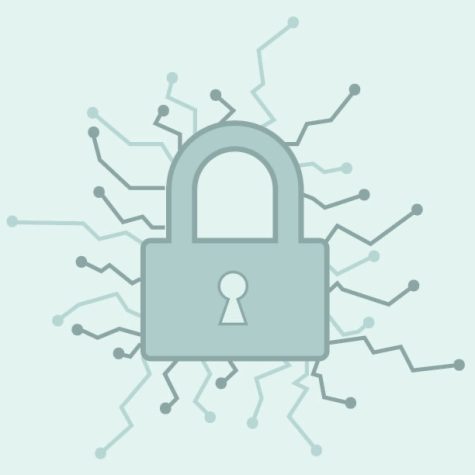
The Los Angeles Unified School District (LAUSD) experienced ransomware attacks on the Sept. 3 weekend that greatly disrupted their framework. Russian-speaking ransomware group, Vice Society, who are known for targeting the education sector, claimed responsibility for the attack. As the second largest school district in the U.S., LAUSD serves over 600,000 students, which raises serious concerns over whether any sensitive data files were stolen during the attack. The district confirmed that the attack would not impact the opening of schools and bus transportation, and the school board also communicated the possibility of disruption in accessing school services such as email and websites. The Federal Bureau of Investigation, Department of Education, Cybersecurity and Infrastructure Security Agency and local law enforcement are actively involved in an investigation. Over the past year, around 50 ransomware attacks have occurred in school districts, an increase from previous years. Schools are one of the top targets for ransomware attacks due to the number of files that store sensitive information about students. To prevent cyber attacks, officials advise schools to build up their security systems and response programs by looking at past techniques used by hackers.
James Webb Space Telescope captures exoplanet photographs
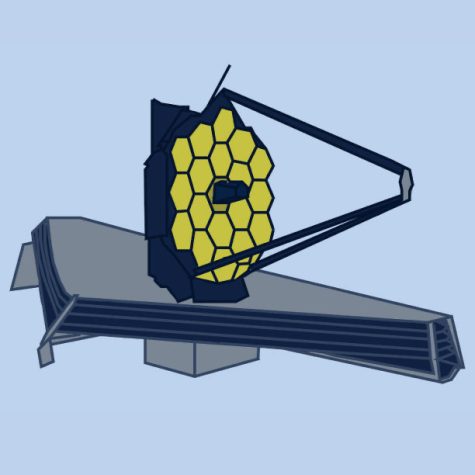
The James Webb Space Telescope (JWST) has continued to help scientists uncover the mysteries of the universe through its images. Since its arrival at the observation spot Lagrange point 2 in January 2022, JWST has captured photos of newly discovered galaxies, early formations of stars, and distant exoplanets. On Sept. 2, JWST snapped its first direct image of an alien exoplanet roughly 385 light years away by utilizing its Near-Infrared Camera (NIRCam) and Mid-Infrared Instrument (MIRI). The gas giant, named HIP 65246 b, is approximately 12 times as large as Jupiter and is relatively young, with an age of 15 to 20 million years, compared to Earth’s 4.5 billion years. Because exoplanets are usually much, much dimmer than their host star, the majority have only been observed through temporary dips in brightness of stars they orbit. With the coronographs equipped on JWST’s NIRCam and MIRI, the telescope is able to “block out” the light of the central star, allowing the planet to be imaged directly. Scientists hope that in the future, the telescope will shed light on the atmospheres of exoplanets and possibly even discover habitable worlds outside our solar system.
California introduces vehicle gas ban by 2035
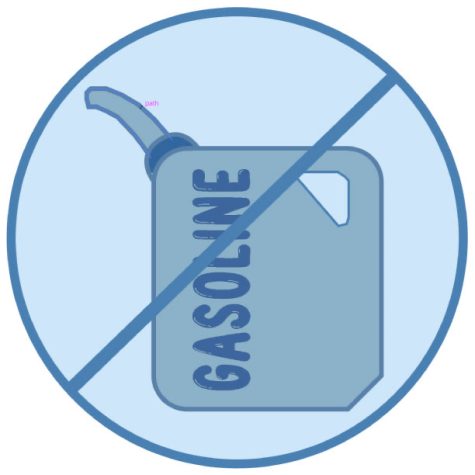
California, prompted by the California Air Resources Board, introduced their radical goal to ban the sales of new gas powered cars and trucks by 2035 in late August. With this shift, electric powered vehicles are expected to become the new norm. As the largest auto market in the U.S., California’s plan could influence other states’ course of actions in managing their greenhouse emissions. Currently, vehicle transportation is the U.S.’s main source of harmful greenhouse emissions. This plan aims for a greener world and a normalization of electric powered vehicles. With this shift also comes several concerns on the evolution of this plan in the coming years, especially with unknown factors including inflation, employment, power sources and charging efficiency. Despite these uncertainties, California governor Gavin Newsom said during an interview that this goal was “one of the most significant steps to the elimination of the tailpipe as we know it.”
FDA approves Pfizer and Moderna vaccines for Omicron variant
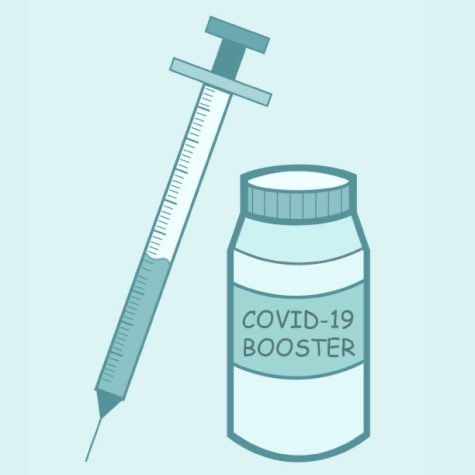
The Food and Drug Administration (FDA) approved the use of the Pfizer and Moderna COVID-19 vaccines as a booster dose to better protect against the omicron variant of the virus on Aug. 31. These vaccines are bivalent in nature, which means that the formulas include a mRNA component from the original COVID-19 strand and a mRNA component from the omicron variant, simulating an immune response against the original and also the most recent omicron subvariants, BA.4 and BA.5. Individuals of age 12 or older who have completed the primary vaccination are eligible to receive the Pfizer booster dose while individuals of age 18 or older are eligible for the Moderna vaccine. The CDC recommends that people who have recently received a coronavirus vaccine wait at least two months before getting the booster or three months after a COVID-19 infection. With omicron circulating around the country, health officials are continuing to encourage people to get the booster. “The COVID-19 vaccines, including boosters, continue to save countless lives and prevent the most serious outcomes [hospitalization and death] of COVID-19,” FDA Commissioner Robert M. Califf said.


















![“[Building nerf blasters] became this outlet of creativity for me that hasn't been matched by anything else. The process [of] making a build complete to your desire is such a painstakingly difficult process, but I've had to learn from [the skills needed from] soldering to proper painting. There's so many different options for everything, if you think about it, it exists. The best part is [that] if it doesn't exist, you can build it yourself," Ishaan Parate said.](https://harkeraquila.com/wp-content/uploads/2022/08/DSC_8149-900x604.jpg)




![“When I came into high school, I was ready to be a follower. But DECA was a game changer for me. It helped me overcome my fear of public speaking, and it's played such a major role in who I've become today. To be able to successfully lead a chapter of 150 students, an officer team and be one of the upperclassmen I once really admired is something I'm [really] proud of,” Anvitha Tummala ('21) said.](https://harkeraquila.com/wp-content/uploads/2021/07/Screen-Shot-2021-07-25-at-9.50.05-AM-900x594.png)







![“I think getting up in the morning and having a sense of purpose [is exciting]. I think without a certain amount of drive, life is kind of obsolete and mundane, and I think having that every single day is what makes each day unique and kind of makes life exciting,” Neymika Jain (12) said.](https://harkeraquila.com/wp-content/uploads/2017/06/Screen-Shot-2017-06-03-at-4.54.16-PM.png)








![“My slogan is ‘slow feet, don’t eat, and I’m hungry.’ You need to run fast to get where you are–you aren't going to get those championships if you aren't fast,” Angel Cervantes (12) said. “I want to do well in school on my tests and in track and win championships for my team. I live by that, [and] I can do that anywhere: in the classroom or on the field.”](https://harkeraquila.com/wp-content/uploads/2018/06/DSC5146-900x601.jpg)
![“[Volleyball has] taught me how to fall correctly, and another thing it taught is that you don’t have to be the best at something to be good at it. If you just hit the ball in a smart way, then it still scores points and you’re good at it. You could be a background player and still make a much bigger impact on the team than you would think,” Anya Gert (’20) said.](https://harkeraquila.com/wp-content/uploads/2020/06/AnnaGert_JinTuan_HoHPhotoEdited-600x900.jpeg)

![“I'm not nearly there yet, but [my confidence has] definitely been getting better since I was pretty shy and timid coming into Harker my freshman year. I know that there's a lot of people that are really confident in what they do, and I really admire them. Everyone's so driven and that has really pushed me to kind of try to find my own place in high school and be more confident,” Alyssa Huang (’20) said.](https://harkeraquila.com/wp-content/uploads/2020/06/AlyssaHuang_EmilyChen_HoHPhoto-900x749.jpeg)










